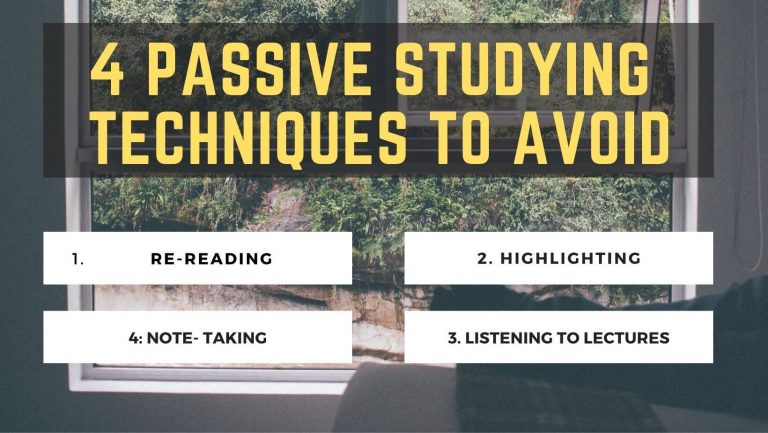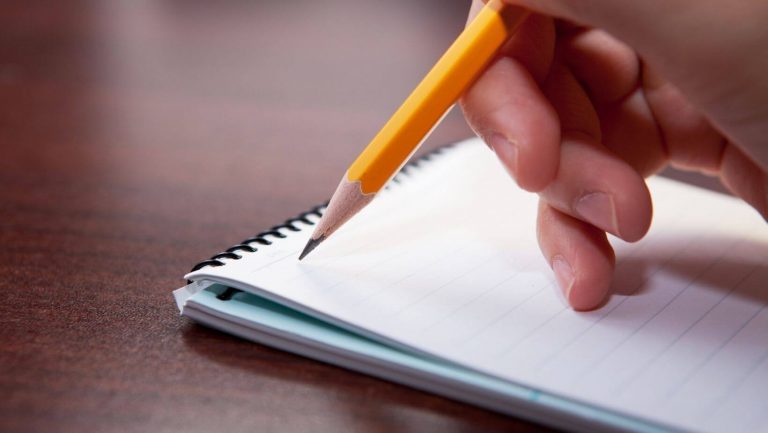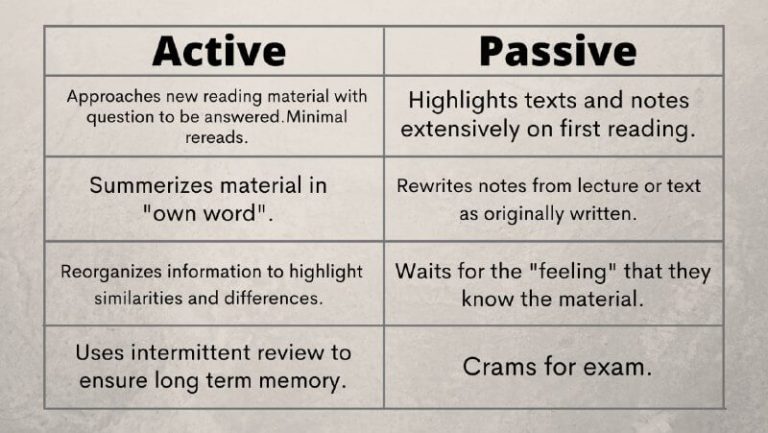Introduction
Some students spend hours studying, attending lectures, working hard but still fail to score good grades. The problem is not in their effort but rather in the passive learning methods that they follow. Passive studying techniques have been proven to be less effective by tons of research.
If you want to learn all about passive studying, its disadvantages, and alternatives, stick to the end of this article
Passive studying definition
Passive studying is the method where a student absorbs or consumes information and internalizes it. Standard Passive Techniques of studying include:
- Re-reading
- Highlighting
- Listening to lectures
- Creating notes
If you are an average student like me, you have probably tried all of these techniques while studying. But according to various research, these techniques are of low utility. We will talk about each of the passive studying techniques and why they are less effective.

Re-reading:
Re-reading is the most common studying technique. Every student uses it. But according to research done by Dunlosky, a psychologist, and his team (2013)- re-reading is economical to time. But in the long run, its effectiveness is really low. Re-reading does not help form better neural connections in the brain, leading to retention failure in the long term.
Also, according to APA (American Psychological Asscociation) – re-reading is the most common yet the most ineffective study technique among all other 10 methods that have been researched.
Highlighting:
Highlighting is another passive studying technique that is really popular among students. Students love coloring books with fancy colors and expect the highlights to stick in their brains.
From the research of Dunlosky (2013), it has been clearly stated that Highlighting may affect learning which requires inference making or logical thinking. It helps students to cram a lesson and may help in a Sunday morning test. But for long-term retention and practical learning, it is less effective than other active learning techniques.
Besides, many students fail to effectively highlight, which turns this technique from ineffective to useless
Repeated Listening to lectures:
Listening to a lecture is another passive technique with lower retention. Lecture classes help us to absorb information and store it in our working memory. Suppose we want to transfer these pieces of information from working memory to permanent memory. In that case, we need to use active learning methods. Re-listening will not provide retention, nor will it provide appropriate comprehension.
Note taking:

There is still some dilemma about note-taking. Although some research shows that note-taking is a less effective method, there is also evidence for its favor.
The effectiveness of note-taking depends on the quality of notes a student can make. Very few students can summarize a topic and make practical notes on their own.
Although evidence shows otherwise, I believe an excellent note-taking habit can keep you well organized and is effective for revision before exams
What are the alternatives to passive study techniques?
The Alternative to passive studying is to be remembered with a mnemonic:
- S = Summarize
- A= Active Recall
- T= Teach

Summarize:
You should summarize each topic according to your own words. Mindmaps, charts, or diagrams help to summarize topics even better and could be very useful. Make sure not to use literary language but that of your own.
Active Recall :
Actively recalling means testing oneself of the things you have learned. After summarizing, try to answer questions from the topic. Make flashcards if necessary.
Teach:
Teaching is the last level of learning. If you can adequately teach something to someone, you probably have gained enough knowledge about the topic. Your understanding is closer to the finish line.
Passive studying vs Active studying
The following chart describes the difference between active and passive studying :

Why is Active studying better than Passive studying?
Active studying helps to build better neural connections in the brain. It helps to store information from various sources and dimensions. Our brains remember the recalled pieces of information better than the pieces of information that have been absorbed.
That is why active learning techniques are superior.
Wrapping up
All our lives, we thought putting information in our brains is the right way to go, but it’s the opposite. Actively recalling and remembering information is what helps it to stick to our minds.
Let us look at the things to avoid:
- Re-reading
- Highlighting
- Re-listening to lectures
Things to do :
- S= Summarize
- A=Active Recall
- T= Teach
By understanding passive studying, I hope you will be able to boost your academic performance by following active learning methods.
Best of luck in improving your grades



2 thoughts on “Passive Studying Methods: Reasons Your Study Method is Pointless”
Hey I think you made a mistake in the diagram comparing active and passive learning. I believe you mixed up the headings. Just wanted to give you a thumbs up
Thank you so much for the review. I have fixed the issue, all thanks to you!